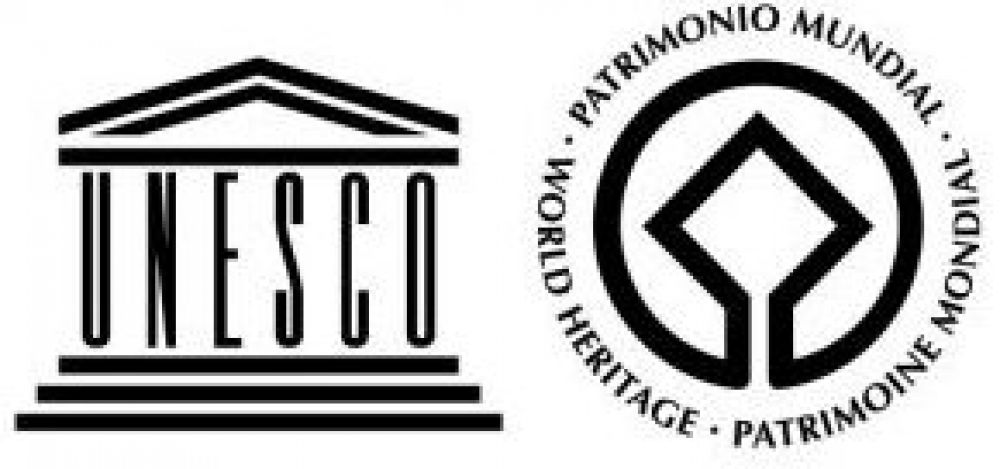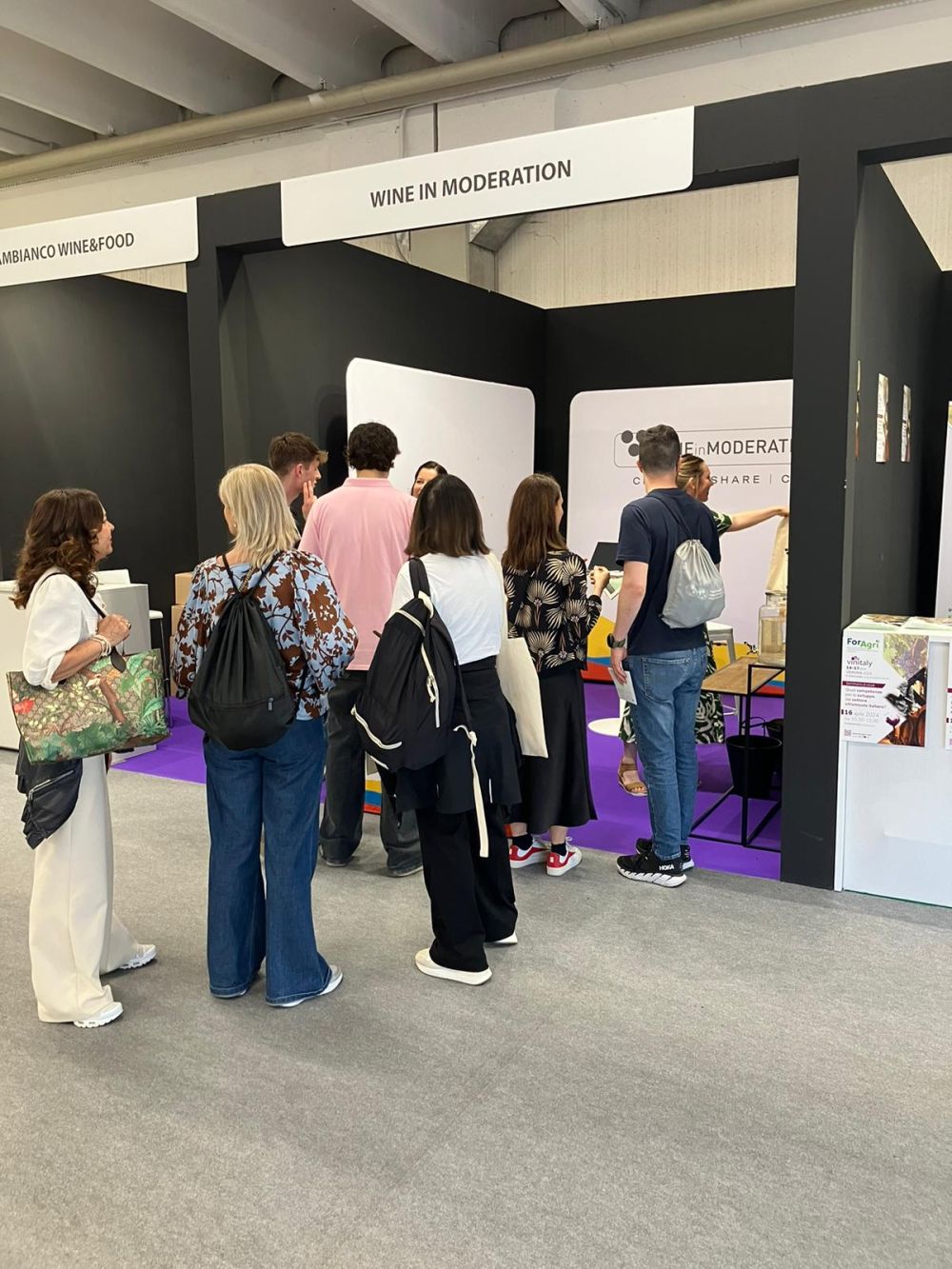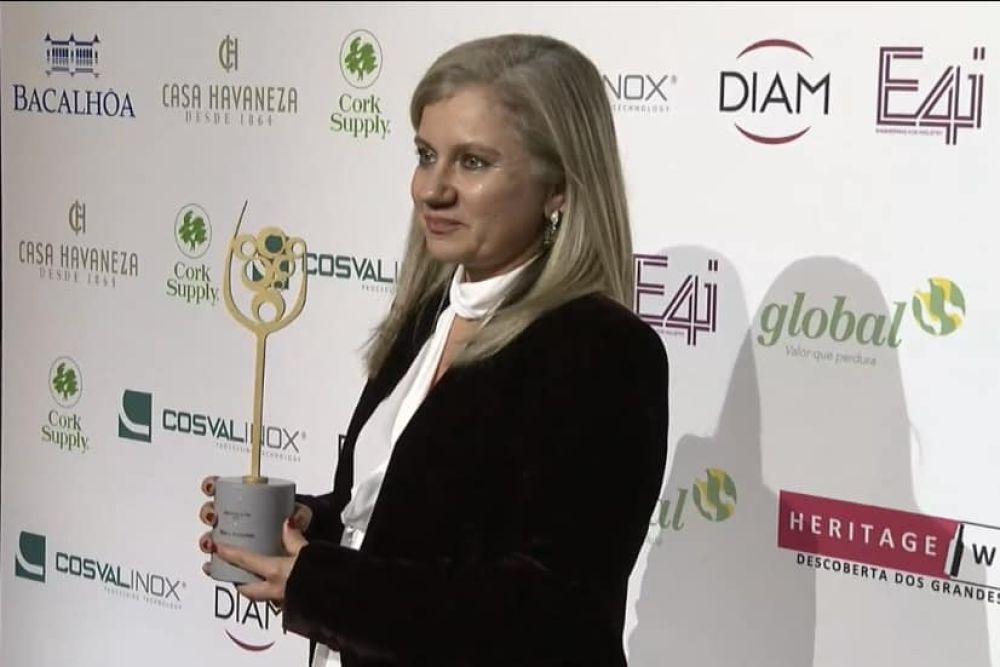04.07.2015
Unesco list welcomes Champagne and Burgundy

The famous vineyards and cellars of Champagne and Burgundy were added to the famous Unesco World Heritage List last 4 July joining other wine regions already included on the list.
Burgundy
With their precisely delimited vineyard parcels on the slopes of Côte de Nuits and Côte de Beaune, and their very specific natural conditions and different vine types; the climates and terroirs of Burgundy have been a great example of wine production and grape cultivation active since the Middle Ages.
Champagne
The Champagne Hillsides, Houses and Cellars on the other hand recognise sites where the production method was developed on the principle of secondary fermentation in the bottle. Vineyards around Hautvilliers, Aÿ and Mareuil-sur-Aÿ, Saint-Nicaise Hill in Reims, and the Avenue de Champagne and Fort Chabrol in Epernay are covered in the listing. Together, they include the main production sites and their renowned underground cellars, as well as the famous Champagne Houses.
As a result, these two sites join other wine regions already included on the list: Qvevri, the traditional winemaking method in Georgia, Piedmont (Italy), Mosel (Germany), Tokaj (Hungary), and the Wachau (Austria).





